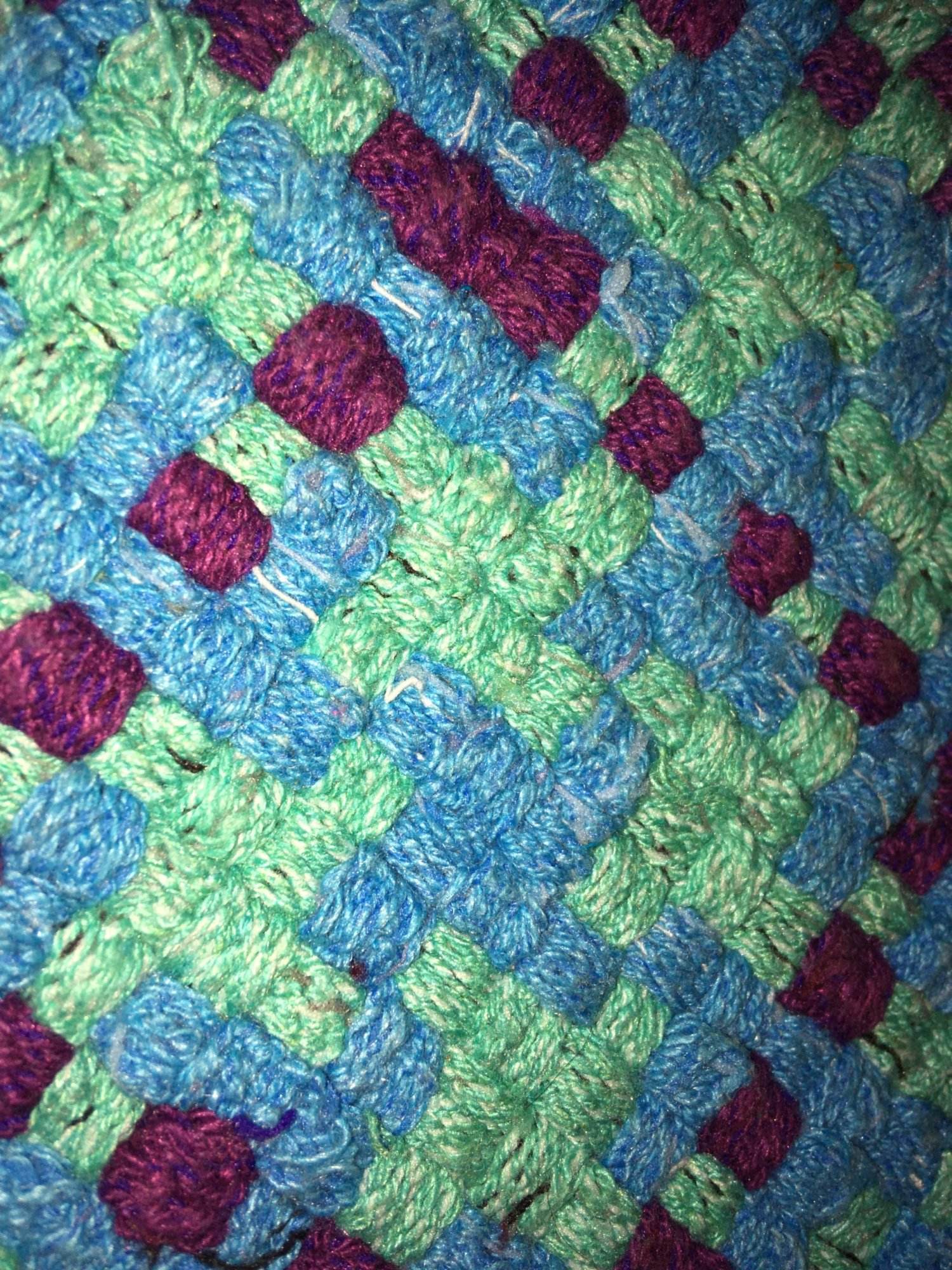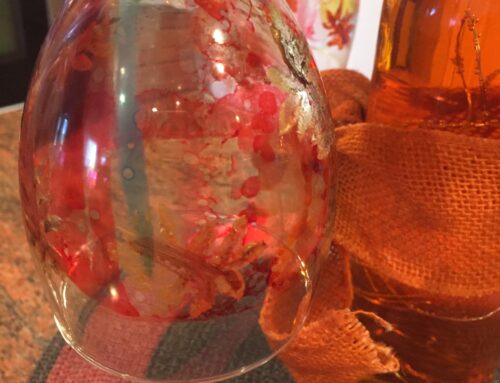Weaving has long been a fundamental skill that offers many possibilities for usefulness.
From the simplest forms like weaving over drinking straws that have a measure of yarn/string running through their centers to create belts or straps to the more complex looms that industrial mills use to make fabrics of finery or sturdy heirloom carpets, weaving is a skill well worth the time and effort to learn.
Construction paper placemats woven from strips in holiday colors give children a handy craft to add to the festivities you’re celebrating.
Tablet weaving (or card weaving) is another time-honored form that many intricate patterns have been produced from simply by the way the cards are threaded.
Inkle looms were once the way guitar straps were made and for small projects they’re still a great way to build skill levels for beginners.
Tapestry looms (frame looms) are generally small looms that one can easily make from a picture frame and they’re an ideal way to make wall hangings, small fabric panels to be used for pillows, purses, or a table saving hotplate. Larger frame looms can be used for rug making.
These are but a few ways in which weaving is traditionally thought of but there is also basket weaving, chair caning, and other forms that are necessary to be of beneficial and/or esthetically pleasing use to us.
Weaving has many types of patterns or styles that also have particular uses. For instance, a twill weave is used in the making of our beloved blue denim jeans! A tabby weave is the under/over weave we learned as children (remember the red potholder looms?). And still others are used in the making of very intricate designs or to produce a strong/secure product like seatbelts.
So, the next time you sleep on sheets or don an article of clothing or walk on a rug, remember that weaving is the basis by which these things are made.






